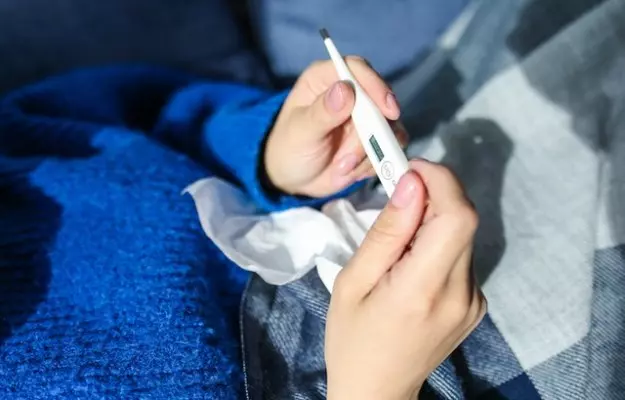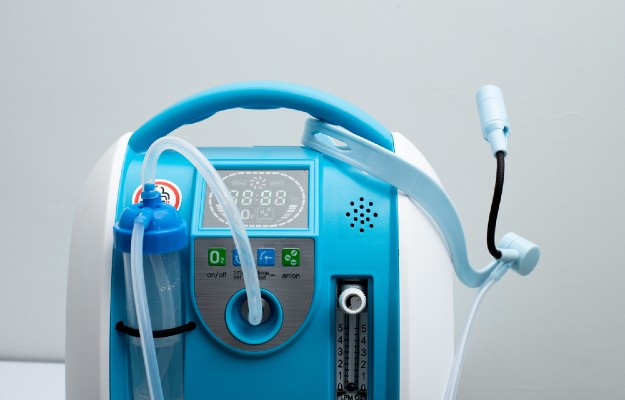COVID-19 can clinically present as an asymptomatic condition (in which patients have no symptoms), a paucisymptomatic condition (where patients have few symptoms), a condition with mild to moderate symptoms, or a condition with severe and even critical symptoms.
The symptoms of the disease can vary from gastrointestinal symptoms and symptoms similar to the flu to severe respiratory symptoms and pneumonia. Since the disease is very new (the first cases came to light in December 2019), these variations in symptoms make it much harder for the general population to understand exactly what symptoms to look for and when is it important to check in with a doctor.
Data so far suggests that about 80% of the cases of COVID-19 present with mild symptoms, about 14% are severe and 5% cases are critical.
Here is an easy guide on mild and severe symptoms of COVID-19, as explained by the World Health Organization (WHO):



















